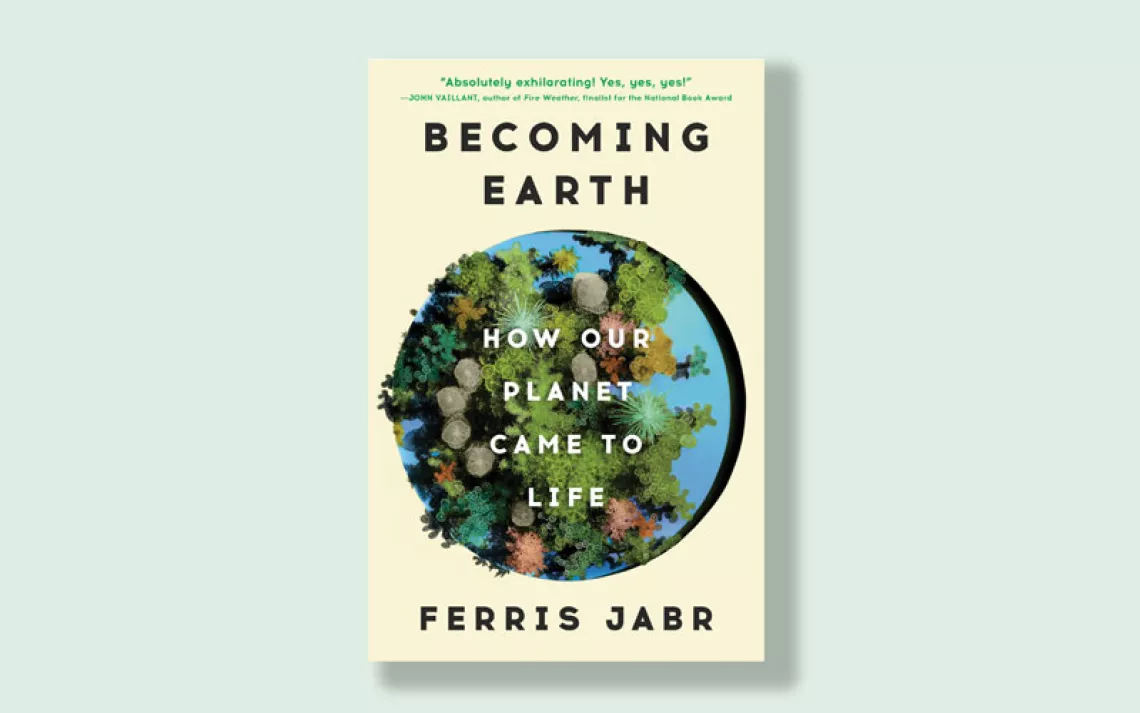Dispatches From the Front Lines of Climate Justice

What We’re Fighting for Now is Each Other: Dispatches From the Front Lines of Climate Justice, by Wen Stephenson, Beacon Press (October, 2015)
This week in Paris, historical multinational negotiations are taking place in an attempt to reign in climate change and its disastrous impacts. Although the delegates agree that the threat to civilization is real and imminent, and they promise a record reduction in greenhouse gas emissions, their pledges still leave us with a catastrophic 6° F rise in the earth’s temperature by 2100. Delegates also seem to agree that the only way to hold off the worst effects of global warming is to leave a large percentage of the available fossil fuels in the ground and switch to clean sources of energy, but even as they are meeting, House Republicans are trying to pass bills that will block the EPA’s ability to regulate emissions from coal-fired plants.
It’s not enough, it’s too slow—and it feels hopeless.
But there’s something we can do about it. In his timely book What We’re Fighting for Now is Each Other, climate activist Wen Stephenson writes that civil disobedience has become not only a moral imperative in the fight for climate justice, but also our best hope for convincing world leaders to act in time to leave a livable planet for future generations: “physically, nonviolently disrupting the fossil fuel industry and … acting as though we finally accept what science is telling us—and …actually care about our fellow human beings.”
In 2010, Stephenson left his job as a journalist to dedicate himself to climate justice, and What We’re Fighting for Now captures the stories of the people he has worked alongside, activists who have risked life and liberty for the cause: An economics student goes to prison for bidding millions of dollars he didn’t have on Utah gas and oil drilling rights; a Tar Sands Blockader dangles her body from a Texas oak to keep feller bunchers from ripping it out to make way for the Keystone pipeline; and a carpenter and a Quaker activist anchor a small, wooden lobster boat in the path of a freighter carrying 40,000 tons of coal to protest New England’s largest coal-fired plant.
Stephenson’s interviews reveal what motivates ordinary people to get involved. Many of the activists are in their twenties—from the generation that came up with the Occupy movement and understands the power of direct action. They see how the previous generation has failed to respond to climate change, and they feel it’s all down to them to figure out how to navigate an unpredictable future. Not surprisingly, they are terrified.
“ … The fear I’ve experienced in my activism has never been greater than the fear that I have of climate change,” one 21-year-old woman says. “It’s visceral…on good days, it makes me fight … on bad days, it makes you want to run away.”
 The Magazine of The Sierra Club
The Magazine of The Sierra Club



